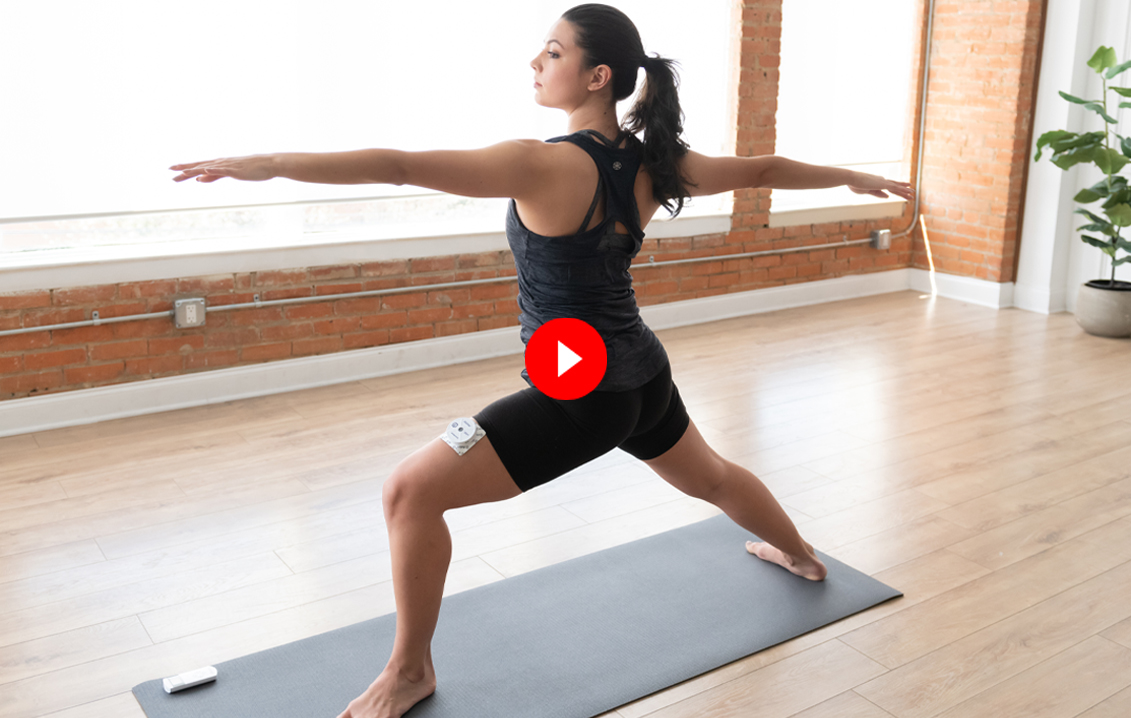Yoga is an ancient practice with roots traced to Northern India more than 5,000 years ago. The method combines movement, breathing techniques, and meditation. Yoga offers many surprising benefits for your body and mind.
Studies have shown it can reduce stress, ease chronic pain, improve balance, and much more. And since many forms of yoga are low-impact and don’t require special athletic abilities, it’s considered generally safe for most people.
Forms of yoga
When you think of yoga, do you picture someone sitting quietly on the floor with their legs crossed and hands held in a prayer position? Or do you imagine somebody on a mat twisted up like a pretzel? Both images are accurate, but those images are more like bookends.
There are several types of yoga practiced worldwide, and each features unique techniques, so understanding the differences can be helpful before taking a class. We’ve put together an overview of the various styles so you can choose the type that best fits your needs:
- Hatha yoga focuses on postures and breathing techniques. This style is a good choice for beginners.
- Ashtanga yoga focuses on six series of poses using the breath to link the postures. Students are required to master the first series of poses before moving on to the next series.
- Iyengar yoga combines proper alignment and the sequencing of 200 poses. Students may use props to help them achieve good form.
- Yin yoga focuses on lengthening muscles and connective tissues while concentrating on the breath and relaxing the body. It helps relieve tension and stress.
- Kundalini yoga is a practice that’s believed to activate the energy at the base of your spine. It combines large, fluid movements with breathing and chanting.
- Bikram yoga is an intense form of yoga performed in a room heated to 105 degrees. It focuses on 26 poses completed in a particular sequence.
- Restorative yoga focuses on relaxation and breathing. Students use blankets, straps, blocks, and other props to make the poses more comfortable.
- Vinyasa yoga is a fast-paced practice that focuses on building strength and endurance. It requires mindfulness to move quickly through the poses.
Benefits of yoga
Whether you suffer from chronic pain, have trouble sleeping, or want to improve your balance, yoga may help. For instance, a 2015 study showed positive effects on cardiorespiratory endurance, muscular strength, and flexibility after 12 weeks of practicing Hatha yoga.
Here are some additional benefits you may experience with regular practice:
- Reduced inflammation
- Reduced chronic pain
- Lower blood pressure
- Decreased symptoms of depression and anxiety
- Improved sleep quality
- Better quality of life
Getting started
As you can see, yoga can play an essential role in improving your overall health. The most challenging part may be figuring out where to begin. You might want to start by taking a class at your local recreation center or yoga studio. If that’s not an option, you’ll find an endless supply of online videos to guide you through a session. However, if you have mobility issues, you might consider chair yoga classes.
Whatever style you choose, consistency is the key to reaping the benefits. Don’t worry if you can’t do all the poses or have trouble keeping up with the instructor’s direction. Practicing yoga is a process. So, be patient, and soon you’ll begin to notice improvements in your body, mind, and soul. Namaste.
















